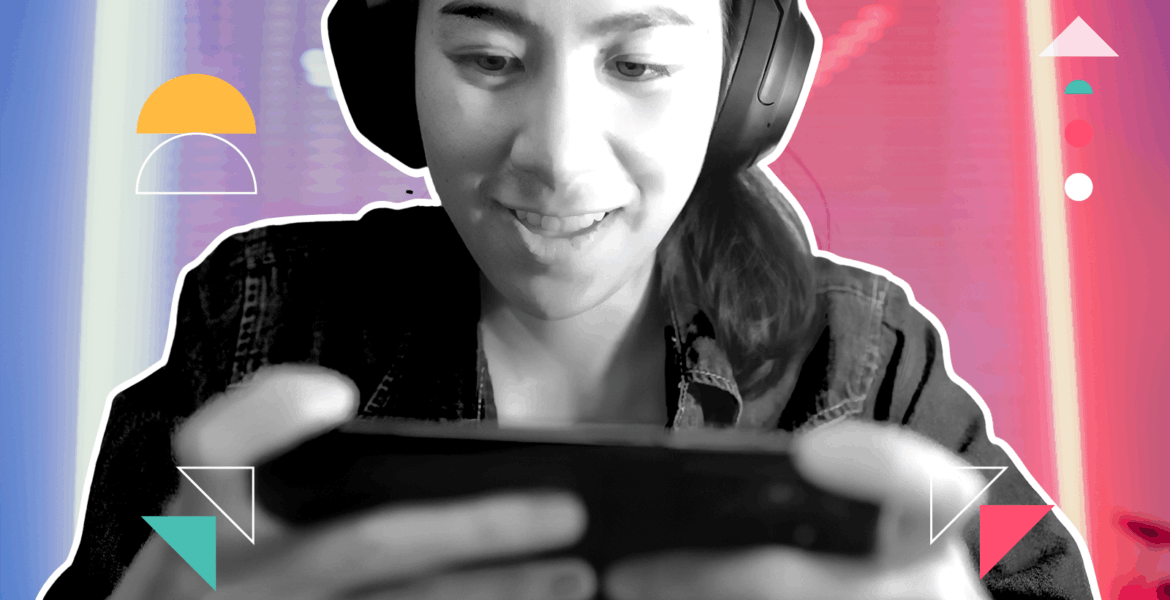By Greg Castro, VP, Global Partnerships, PlayTurbo
Have you ever come across an ad that feels less like an advertisement and more like an invitation to play? That’s a playable ad — an ad creative format that lets users try an app before pressing download.
Playable mobile ads offer a “try before you buy” experience: just like sampling a product before purchasing, users get a hands-on preview of an app’s features or gameplay before committing to an install. This approach makes the ad feel less intrusive. It also ensures that those who install the app are genuinely interested. As a result, playable mobile ads lead to 30–40% higher retention rates and drive 20x more installs than banner ads.
Interactive mobile ads are often associated with mobile games, given their obvious application. But, more recently, non-gaming app categories like education, utility, and photo editing apps have started making use of playable ads to demonstrate their features in a novel way.
As digital advertising becomes more competitive, advertisers actively seek formats that capture attention, encourage interaction, and drive meaningful actions. Playable ads check all these boxes.
How to Gamify Non-Gaming Apps with Playable Ads
Non-gaming apps looking to adopt playable ads need to identify unique elements that can effectively showcase their value. Without a built-in “game” to demonstrate, how can you create an engaging experience? The answer is incorporating gamification mechanics. However, advertisers don’t need to replicate the app’s exact functionality in their ad design. Instead, the ad should contain interactions that mirror the user journey or highlight the app’s value in both a playful and creative way.
For example, an educational app could feature a quiz, prompting users to select an answer to showcase its interactive learning mechanics. An e-commerce app might include a spin-the-wheel feature, offering discounts or special deals, turning shopping into a playful and rewarding activity.
Six Use Cases for Playable Ads
How could playables apply to your app category? Check out the following ideas:
Education
Educational apps can use playable mobile ads to offer a hands-on preview of the learning experience. For example, a language-learning app could invite users to trace characters or match words to their translations, giving them a taste of how the app helps them practice writing in a new language.
E-Commerce
E-commerce apps can create gamified elements like spinning wheels, slot machines, or coupon-based ads where users “clip” deals by interacting with the ad. These simple, intuitive mechanics encourage interaction, making promotions feel more engaging and rewarding while seamlessly driving conversions.
Social
Social apps can simulate real-world scenarios to highlight their features. Ads can mimic actions like picking up a phone call, responding to messages, or interacting with a friend’s post, where the outcome of “picking up” a call or “commenting” on a post leads to promotional messages or continued storylines.
Health and Fitness
Health and fitness apps could turn routine tasks into engaging playable mini-games. For example, a fitness app might let users build a nutritious meal by selecting ingredients and viewing the resulting nutrition information or challenge them with quick fitness quizzes to test their knowledge.
Photo Editing
Photo editing apps can let users experiment with filters or editing tools directly in the ad. For instance, viewers could swipe through different filters on a sample photo, getting a real-time preview of how the app can enhance images.
Rewarded Apps
Rewarded apps can capitalize on the thrill of instant rewards by using lucky draw mechanics in their ads. Users can spin a wheel or scratch a digital card to reveal prizes like bonus points, cashback, or small in-app perks.
How to Design Playable Ads That Work
Keep It Simple
Users may be unfamiliar with your app, but that doesn’t mean you should overwhelm them with too much information at once. Instead, focus on making playable ads easy to enjoy. Ideally, users should understand how to interact with the ad immediately or after a brief tutorial.
Avoid overly complicated ad designs—your goal is to hook users, not confuse them. A simple click-based interaction with 2–3 steps minimizes friction and keeps the experience smooth, intuitive, and enjoyable.
Use Curiosity and Action-Based Triggers
Incorporate rewards or intriguing features to spark curiosity and motivate users to take action. Rewards, such as in-app bonuses or exclusive perks, create an incentive for users to install your app and continue their journey.
Highlight Core Features
Think of your interactive mobile ad as a movie trailer for your app—you have only a few seconds to capture users’ attention and make them want more. Instead of cramming in every detail, focus on the most compelling and unique features that excite users and encourage them to convert. If you’re unsure which features to spotlight, use analytics to identify the top-performing elements that drive user engagement. Also, don’t forget to analyze key metrics to make sure your playable ad campaigns are truly successful.
The Future of Advertising is Interactive
With shrinking attention spans and growing competition for user engagement, traditional ads are no longer enough to capture interest. Playable ads are a game-changer, offering an interactive, memorable experience that not only captures attention but also drives real ROI for advertisers.








